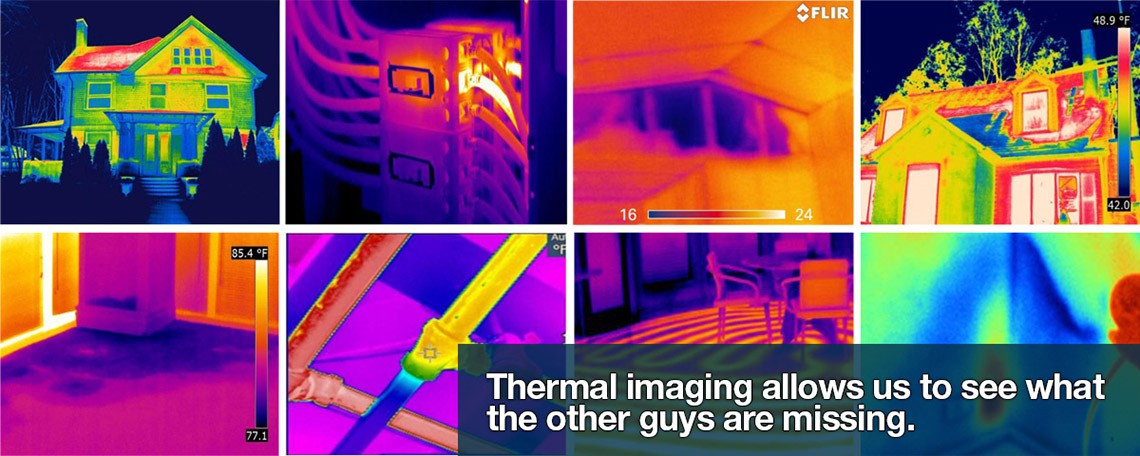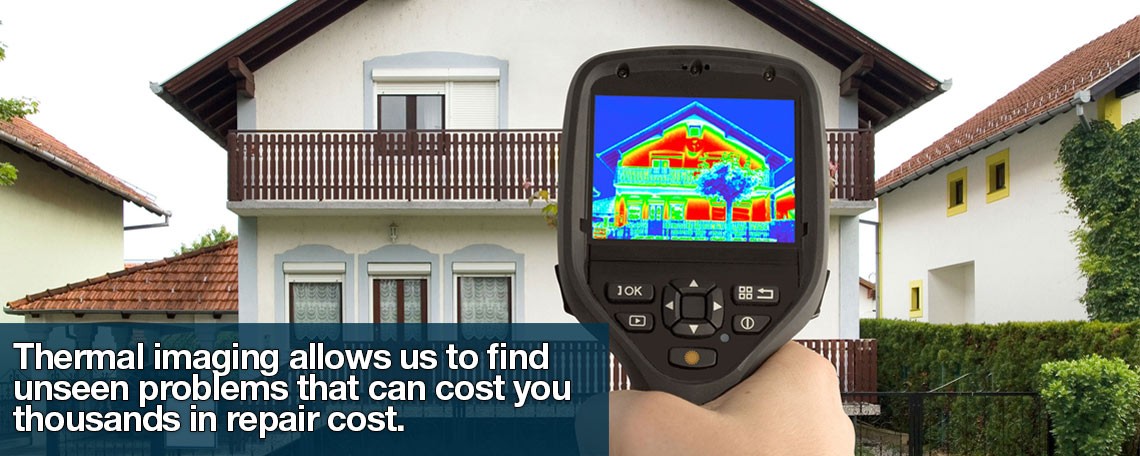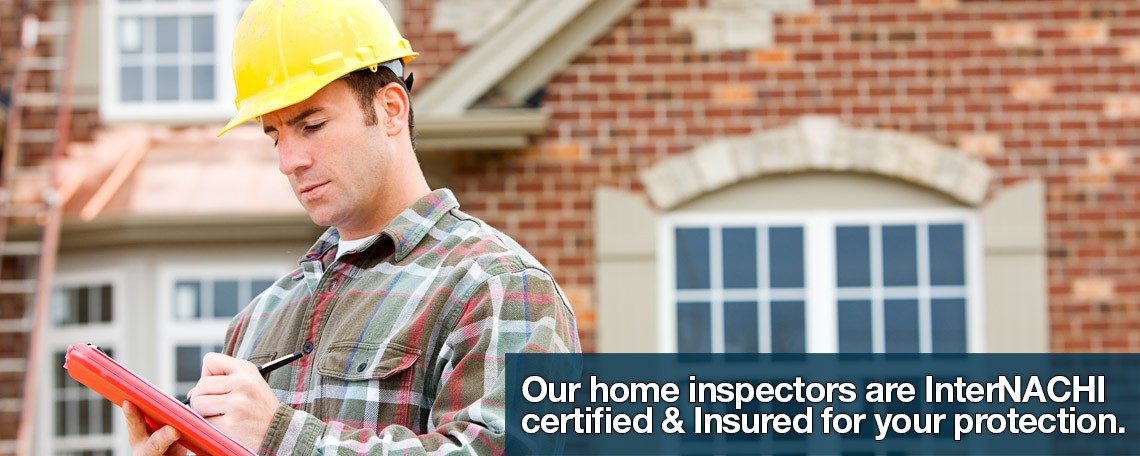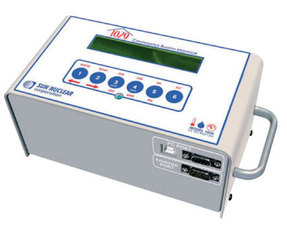EPA Recommends
- Test your home for radon — it’s easy and inexpensive.
- Fix your home if your radon level is 4 picocuries per liter, or pCi/L, or higher.
- Radon levels less than 4 pCi/L still pose a risk, and in many cases may be reduced.
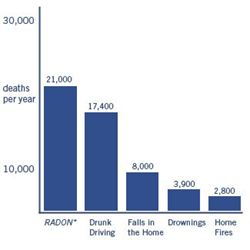 Radon Is a Cancer-Causing, Radioactive Gas
Radon Is a Cancer-Causing, Radioactive Gas
You cannot see, smell, or taste radon. But it still may be a problem in your home. When you breathe air containing radon, you increase your risk of getting lung cancer. In fact, the Surgeon General of the United States has warned that radon is the second leading cause of lung cancer in the United States today. If you smoke and your home has high radon levels, your risk of lung cancer is especially high. Testing is the only way to find out your home’s radon levels. EPA and the Surgeon General recommend testing all homes below the third floor for radon.If you smoke and your home has high radon levels, your risk of lung cancer is especially high.
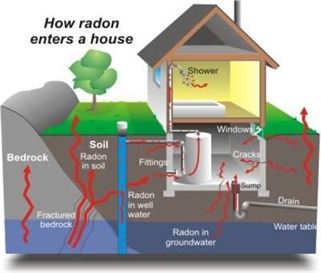 * Radon is estimated to cause about 21,000 lung cancer deaths per year, according to EPA’s 2003 Assessment of Risks from Radon in Homes (EPA 402-R-03-003). The numbers of deaths from other causes are taken from the Centers for Disease Control and Prevention’s 2005-2006 National Center for Injury Prevention and Control Report and 2006 National Safety Council Reports.
* Radon is estimated to cause about 21,000 lung cancer deaths per year, according to EPA’s 2003 Assessment of Risks from Radon in Homes (EPA 402-R-03-003). The numbers of deaths from other causes are taken from the Centers for Disease Control and Prevention’s 2005-2006 National Center for Injury Prevention and Control Report and 2006 National Safety Council Reports.
Radon can be found all over the U.S.
Radon comes from the natural (radioactive) breakdown of uranium in soil, rock and water and gets into the air you breathe. Radon can be found all over the U.S. It can get into any type of building — homes, offices, and schools — and result in a high indoor radon level. But you and your family are most likely to get your greatest exposure at home, where you spend most of your time.
You should test for radon.
Testing is the only way to know if you and your family are at risk from deadly radon gas. EPA and the Surgeon General recommend testing all homes below the third floor for radon. Testing is inexpensive and easy! At Stocks Home Inspection we use a continuous electronic radon monitor for fast, accurate, reliable, and tamper free testing!
If You Are Buying a Home
EPA recommends that you know what the indoor radon level is in any home you consider buying. Ask the seller for their radon test results. If the home has a radon-reduction system, ask the seller for any information they have about the system. If the home has not yet been tested, you should have the house tested. If you are having a new home built, there are features that can be incorporated into your home during construction to reduce radon levels. For more information about Radon Gas please click on the link below https://www.epa.gov/radon/pubs/citguide.html
You Can Fix a Radon Problem
If you find that you have high radon levels, there are ways to fix a radon problem. Even very high levels can be reduced to acceptable levels.
If You Are Selling a Home
EPA recommends that you test your home before putting it on the market and, if necessary, lower your radon levels. Save the test results and all information you have about steps that were taken to fix any problems. This could be a positive selling point.418EPA Risk Assessment for Radon in Indoor Air EPA has updated its estimate of the lung cancer risks from exposure to radon in indoor air. The Agency’s updated risk assessment, EPA Assessment of Risks from Radon in Homes (EPA 402-R-03-003, June 2003), is available at https://www.epa.gov/radon/pdfs/402-r-03-003.pdf as a downloadable Adobe Acrobat PDF file. EPA’s reassessment was based on the National Academy of Sciences’ (NAS) report on the Health Effects of Exposure to Radon (BEIR VI, 1999). The Agency now estimates that there are about 21,000 annual radon-related lung cancer deaths, an estimate consistent with the NAS Report’s findings.

